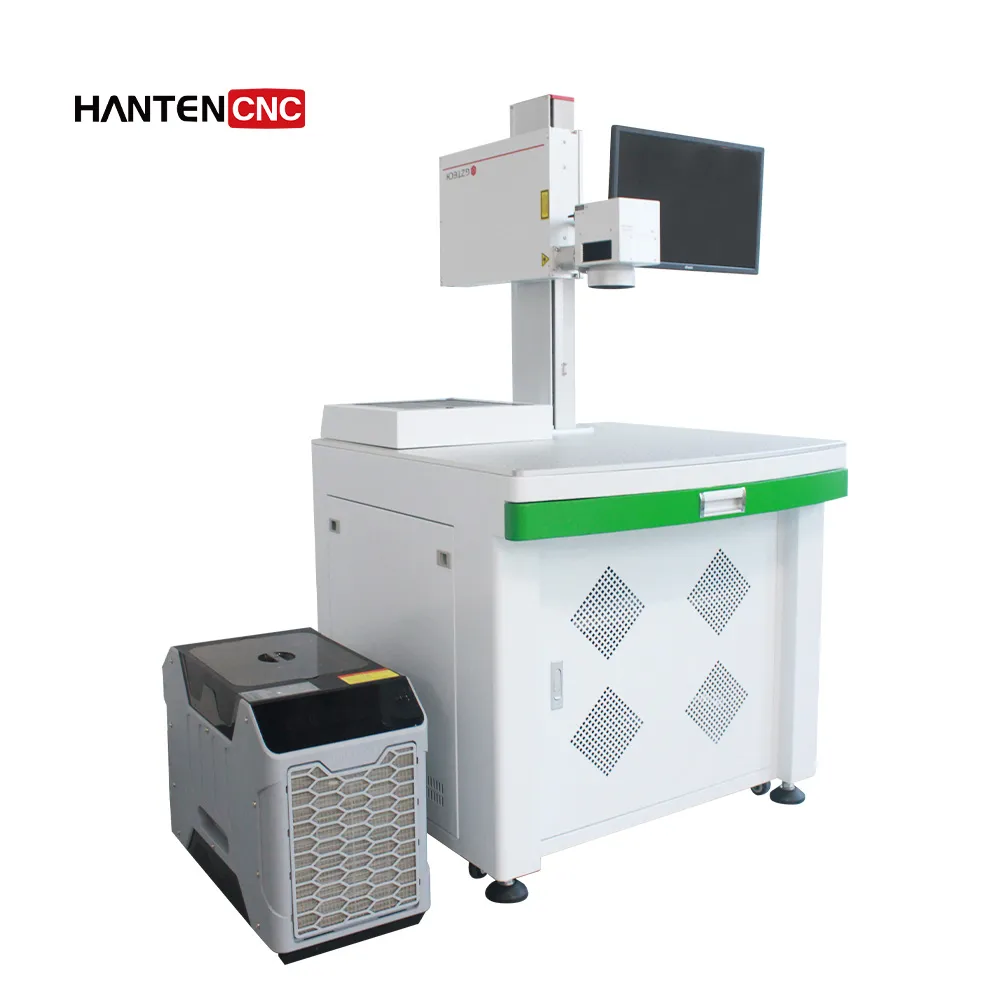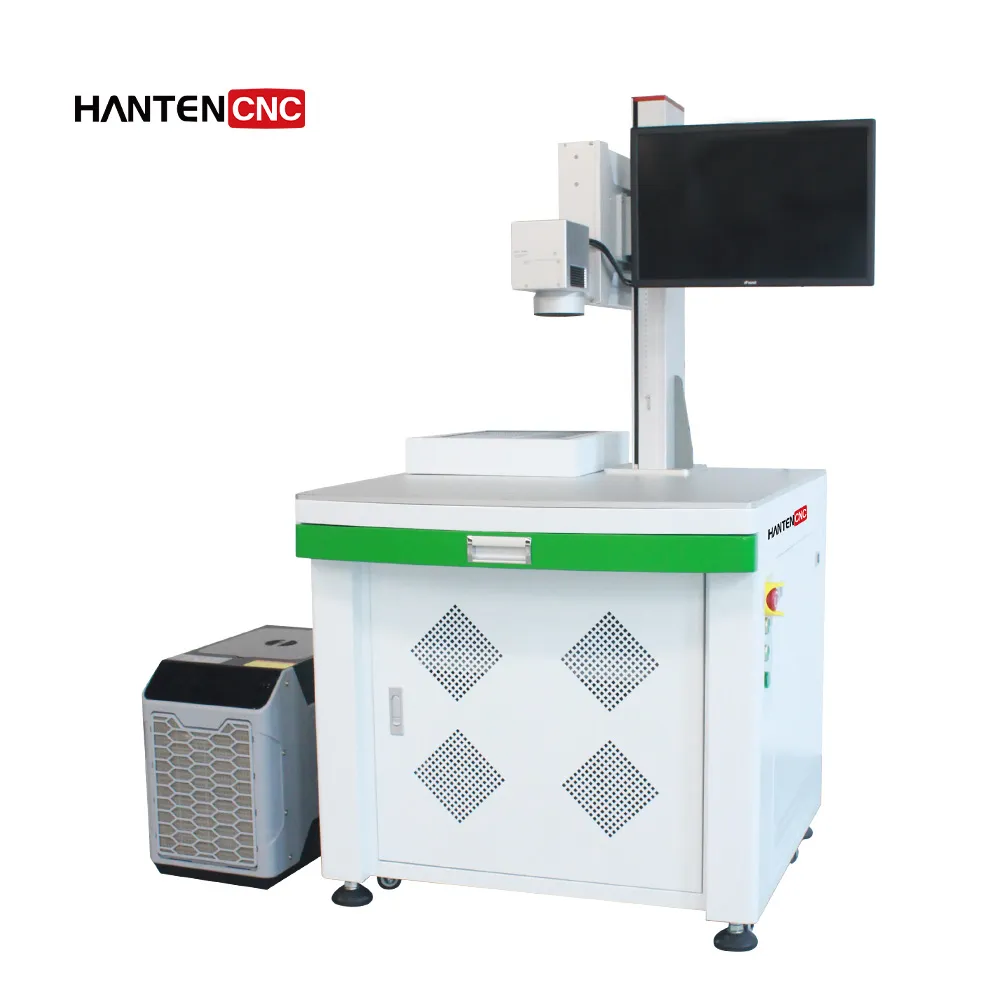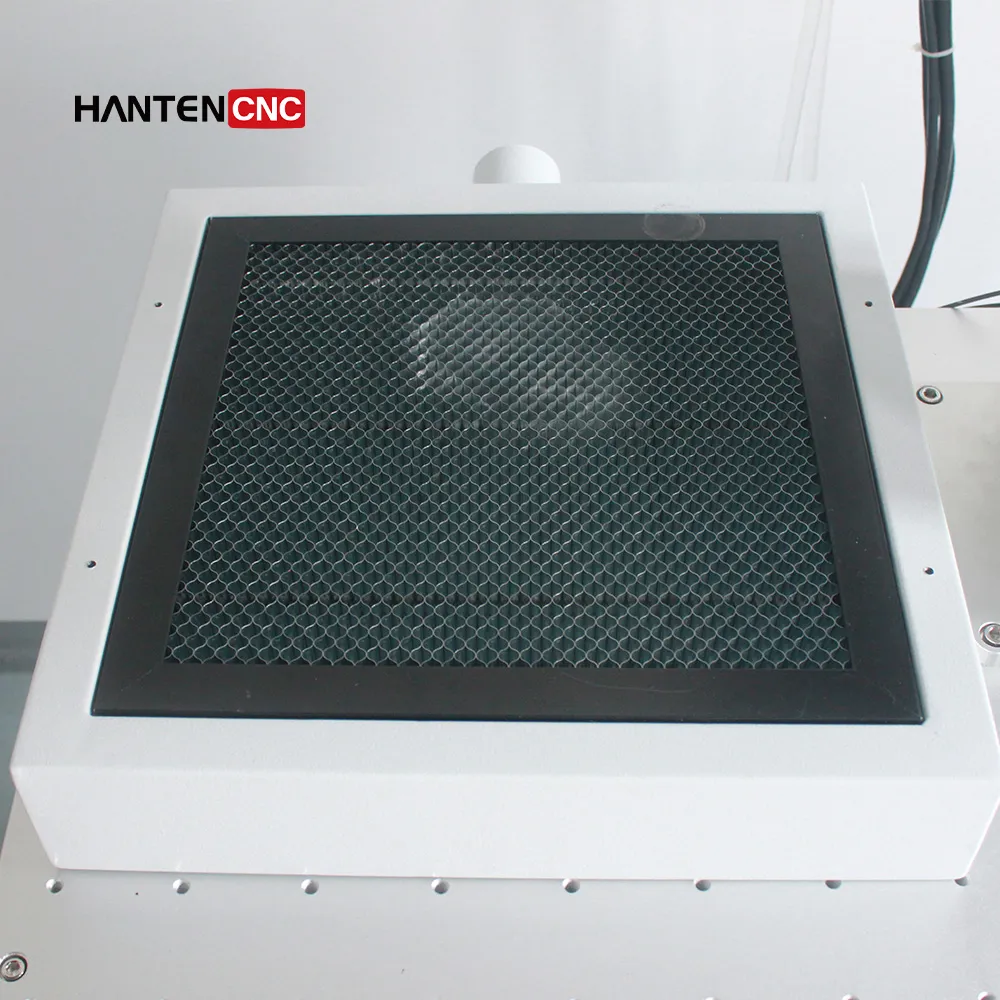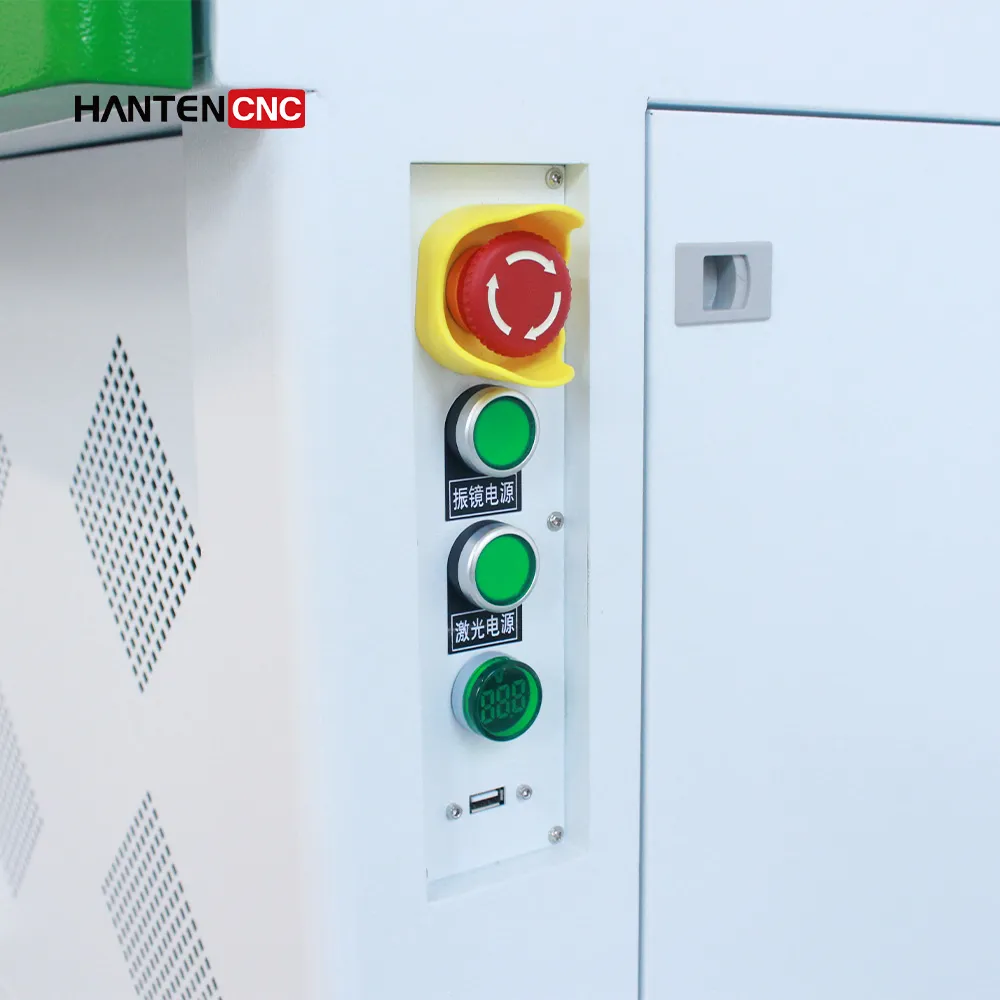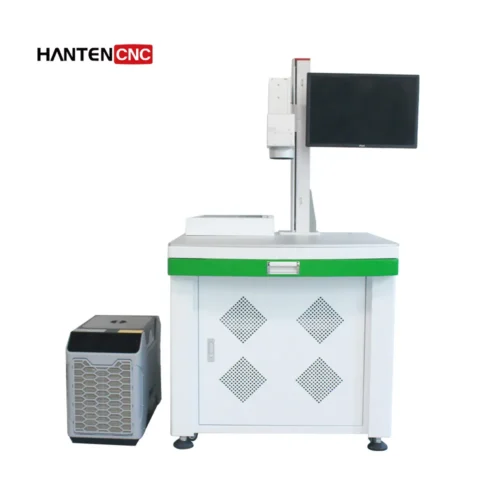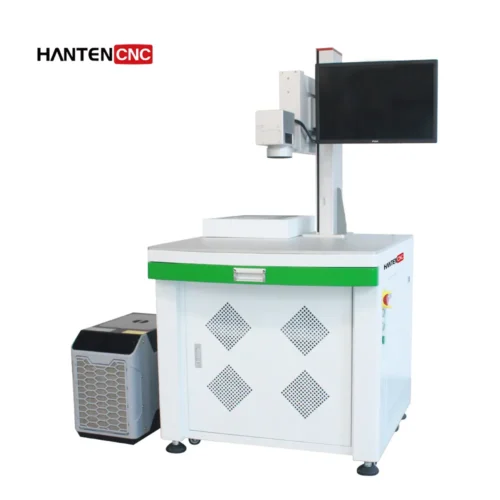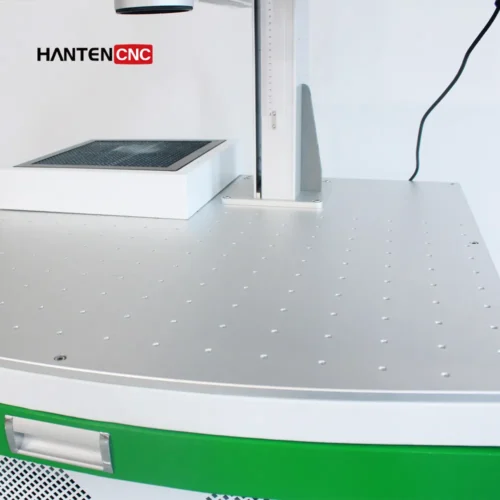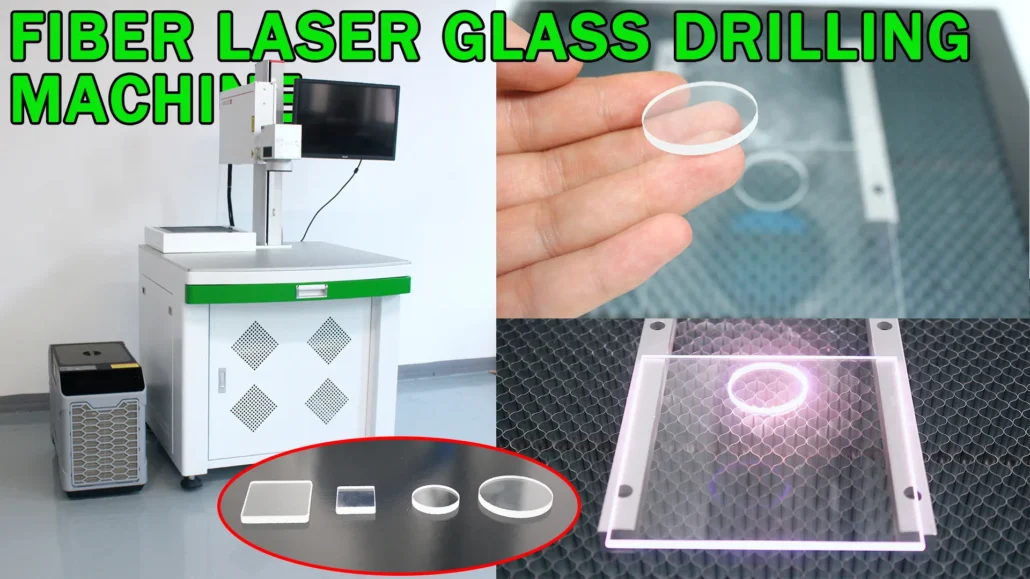HANTENCNC’s laser glass drilling machine uses MOPA laser to cut glass. First, the laser glass drilling machine focuses the laser pulse on the bottom of the glass to create a micro-explosion and pulverize the glass into fine particles.
After the glass is broken into fine particles, the laser focuses scans horizontally, removing glass particles layer by layer from bottom to top and finally completing the glass drilling process.
HANTENCNC’s Laser Glass Drilling Machine Advantages
- Low equipment cost, low operating cost,
- Fast speed, high precision, good stability, non-contact processing, the yield rate is much higher than traditional processing technology,
- The minimum hole diameter for glass drilling is as small as 0.3mm, and it can process various sizes and shapes of holes,
- No taper in the hole diameter, achieving highly precise and efficient digital glass drilling.
Traditional Glass Cutting VS. Laser Glass Cutting
Except traditional glass cutting method, there are three laser cutting methods in glass processing: MOPA laser cutting, green laser cutting, and ultrafast laser cutting. Here are their differences:
- MOPA Laser Cutting: This method uses an infrared fiber laser with high peak power and short pulse width, reaching up to 200 kilowatts in nanoseconds. It’s like a precision artist, creating very small chipping on the edges, around 0.25 to 0.4 microns.
- Green Laser Cutting: green laser cutting works like engraving inside the glass. It has more chipping than MOPA, about 80 to 200 microns. There are two types: solid-state and fiber green lasers. For better edge quality, fiber green lasers are recommended. However, green lasers have a limited lifespan.
- Ultrafast Laser Cutting: This technique uses very short pulses (in picoseconds or femtoseconds) and has been a mature technology since 2016. It produces almost no chipping (only about 2 microns), making it great for precise cutting and surface slicing of glass. However, it is not suitable for drilling holes in glass. And, this kind of equipment is very expensive.
| Cutting Method | Principle | Advantages | Disadvantages | |
|---|---|---|---|---|
| Traditional Glass Cutting | Mechanical Cutting | Uses diamond or carbide wheels for scribing, then breaks the glass along the scribed lines | Simple process, low cost | Easy to cause edge chipping and dust pollution; scribed edge requires polishing; not suitable for high-quality cutting requirements |
| Laser Glass Cutting | Scribing and Breaking (YAG + CO₂) | Uses low-power lasers to create thermal stresses on the glass surface, then separates along the scribed lines using mechanical or laser-assisted breaking | Non-contact, clean, and eco-friendly process | Limited applications due to thermal effects; still requires post-processing in many cases |
| Thermal Laser Separation (High-power CO₂) | Uses high-power lasers to soften glass at specific locations, followed by a cooling process that causes thermal stress and results in separation | Reduces thermal impact force | More prone to glass explosion, requires precise control of thermal effect to avoid cracking | |
| Ultrafast Laser Cutting | Utilizes high-repetition-rate lasers that induce microcracks inside the glass, facilitating separation without significant chipping or micro-fractures | Less chipping, high-quality cuts | Expensive equipment, higher costs, complex processing requirements | |
| Green Laser Cutting | The laser is focused below the surface of the glass, with the focal point moving from bottom to top. Laser pulses act on the material point by point, and the laser focal point rapidly scans and moves along a predetermined path in space to achieve material removal. | Strong applicability | Lower power, lower efficiency, light pollution.
It produces larger chipping than MOPA laser cutting, with chipping around 80-200 µm. |
|
| MOPA Laser Cutting | Similar to green laser cutting, a standard MOPA laser cannot cut; the peak power must be increased. | Equipment is simple, low cost, and efficient, requires no-maintainance | Edge chipping 0.25-0.4 µm, larger than ultrafast laser cutting. |
|
Compared with traditional glass cutting, MOPA laser cutting is the precision choice, offering minimal chipping.
Green laser cutting, while not as precise, making larger chipping than MOPA laser cutting.
Ultrafast laser cutting, with its near-zero chipping, but is the costliest. It is a best choice for precise cutting and surface slicing of glass, however, it is not suitable for drilling glass.
HANTENCNC’s glass drilling machine uses a MOPA laser. The high peak power enables fiber nanosecond pulsed lasers to process glass, reducing equipment costs and making glass drilling more accessible. This is particularly beneficial for applications that require green or ultrafast lasers.
Fiber Laser Glass Drilling Machine Display

Laser Glass Drilling Machine Components

Laser Glass Drilling Machine Dimensions
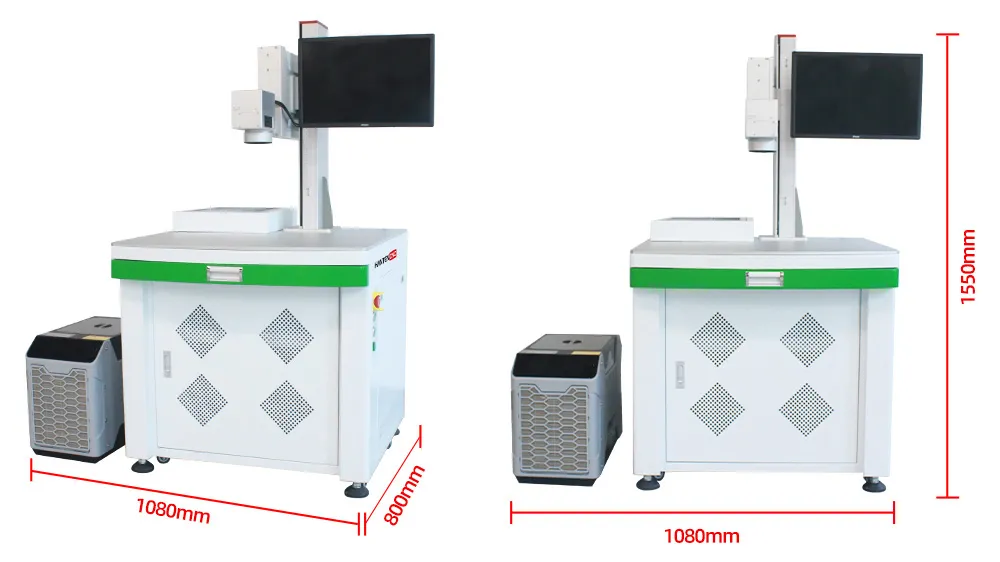
Fiber Laser Glass Drilling Machine Parameters
| Model | HTF100 | HTF120 Pro | HTF120 Pro+ |
|---|---|---|---|
| Laser Power | 100W | 120W | 120W |
| Central Wavelength | 1060-1080nm | 1060-1080nm | 1060-1080nm |
| Maximum Peak Power | >80kw | >100KW | >100KW,
(The actual power can reach 200W) |
| Maximum pulse Energy | 0.62mj | 0.8mj | 0.8mj |
| Power Adjustment Range | 0-100% | 0-100% | 0-100% |
| Frequency Adjustment Range | 1-3000KHZ | 1-3000KHZ | 1-3000KHZ |
| Laser On/Off Time | <20μs | <20μs | <20μs |
| Pulse Width | 2-20 ns | 2-20 ns | 2-20 ns |
| Beam Quality | M² <1.5 | M² <1.4 | M² <1.3 |
| High Reflection Resistance | Yes | Yes | Yes |
| Indicator Red Light | 0.3-2 MW | 0.3-2 MW | 0.3-2 MW |
| Collimated Beam Diameter (4σ) | 10-12 mm | 10-12 mm | 10-12 mm |
| Cooling Method | Water cooling | Water cooling | Water cooling |
| Ambient Temperature Range | 0-40 Degrees | 0-40 Degrees | 0-40 Degrees |
| Aperture Diameter | 14mm | 14mm | 14mm |
| Fine Step Response Time | <0.5 ms | <0.5 ms | <0.5 ms |
| Gain Drift | <50 ppm/K | <50 ppm/K | <50 ppm/K |
| Zero Drift | <30 urad/K | <30 urad/K | <30 urad/K |
| Scanning Angle | ±0.35 rad | ±0.35 rad | ±0.35 rad |
Fiber Laser Glass Drilling Machine Features
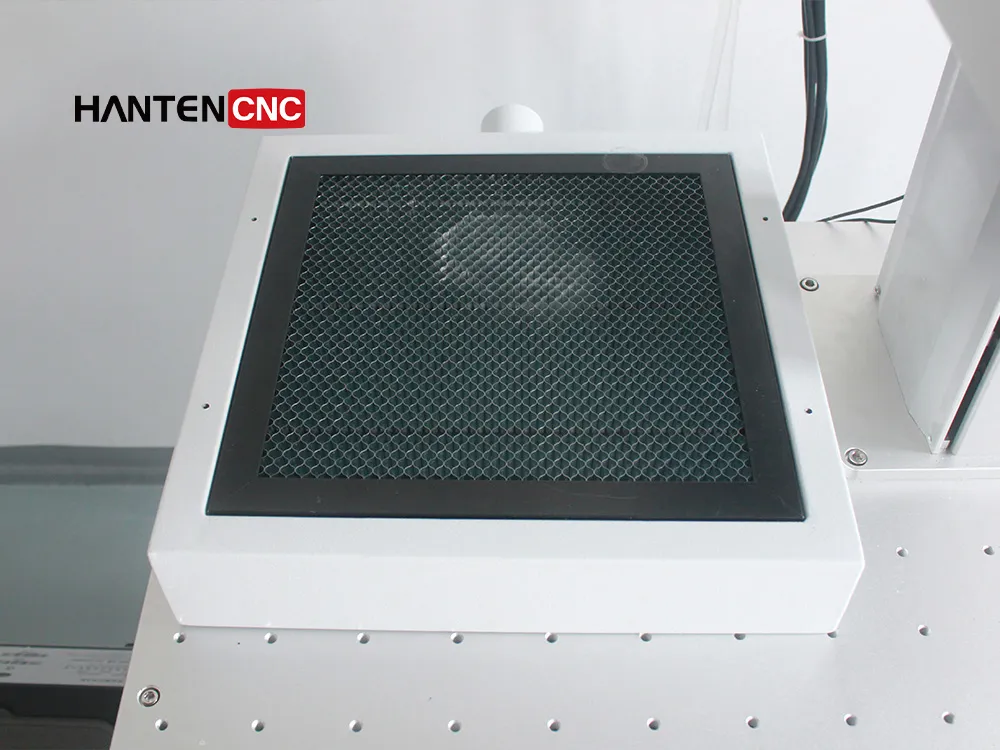
Honeycomb Working Table
Honeycomb working tables in laser glass drilling machines provide stable support and allow efficient removal of debris and smoke, improving the drilling precision and quality.
The honeycomb pattern reduces direct contact between the laser beam and the workpiece, which helps minimize back reflections and heat accumulation, thereby improving drilling precision.
Control Panel of Laser Glass Drilling Machine
- Emergency stop knob
- Galvanometer power switch button
- Laser power switch button
- Real-time temperature display
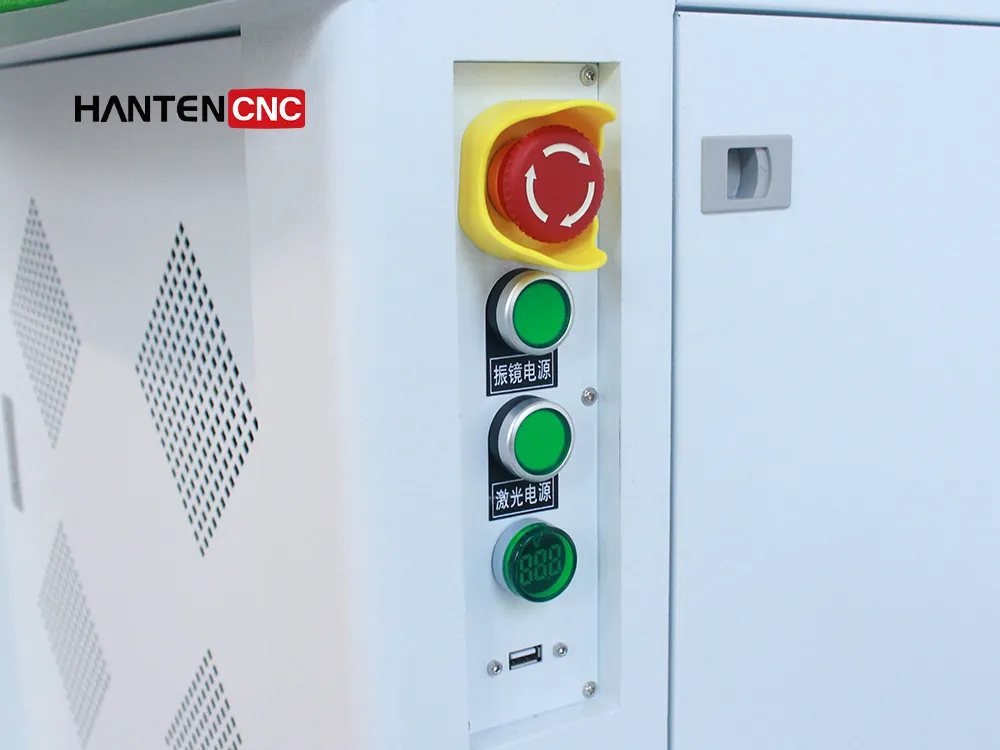

Laser Source and Galvo Scanner
High peak power laser,
High beam quality, guaranteed beam quality,
Isolated output without reflection,
Stable and reliable performance.
Workbench of Laser Glass Drilling Machine
The workbench of laser glass drilling machine use all-aluminium plate design, making the working desk sturdy and easy to clean, and making multiple workpieces can be easily placed.
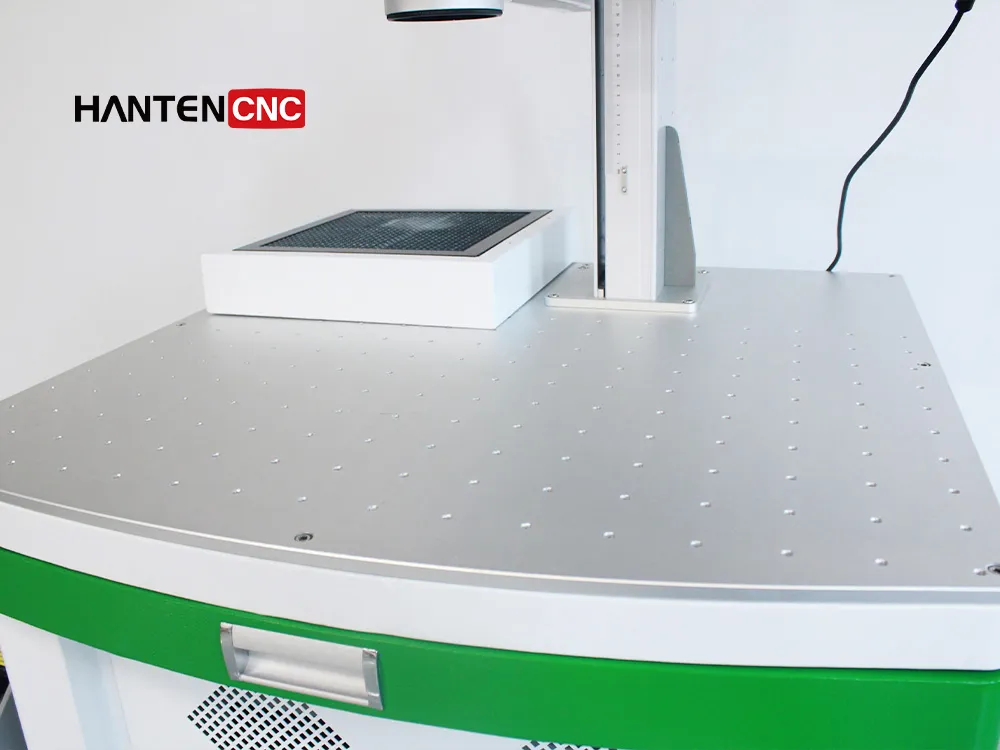
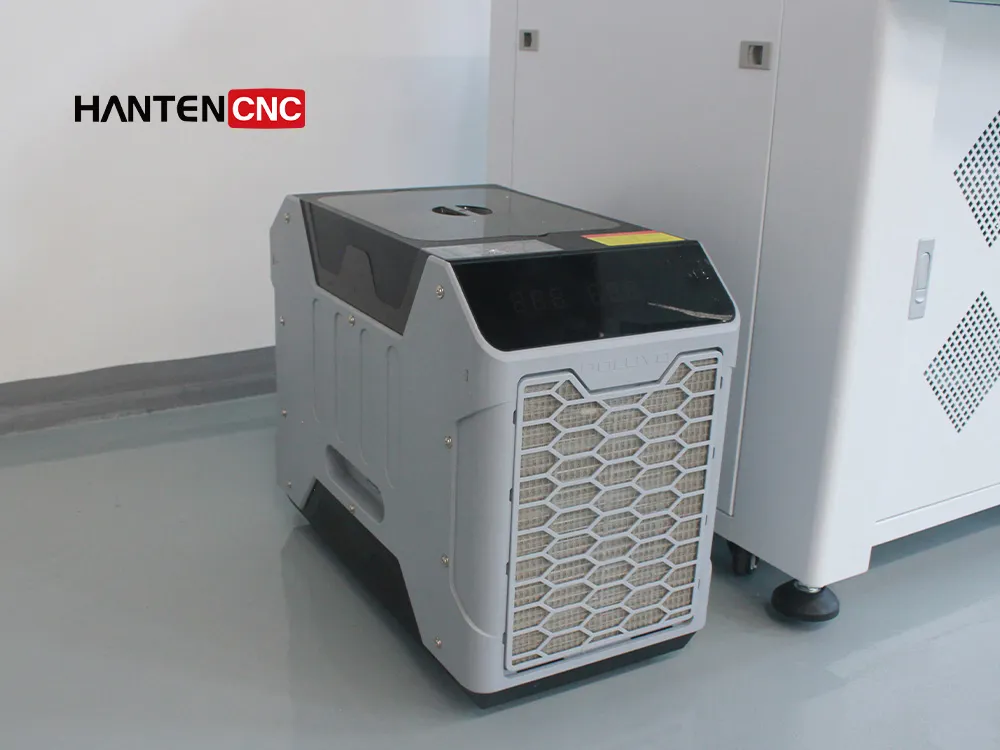
water chiller- laser glass drilling machine
The water cooling unit keeps the laser glass drilling machine works stable for a long time, even in tropical countries.
Well-organized Internal Wiring
HANTENCNC’s laser glass drilling machines are equipped with well-organized internal wiring, which minimizes the risk of electrical shorts or malfunctions, ensuring smooth and reliable operation.
Moreover, the organized wiring simplifies maintenance tasks, making it easier for technicians to identify and address any issues that may arise.

Laser Glass Drilling Samples


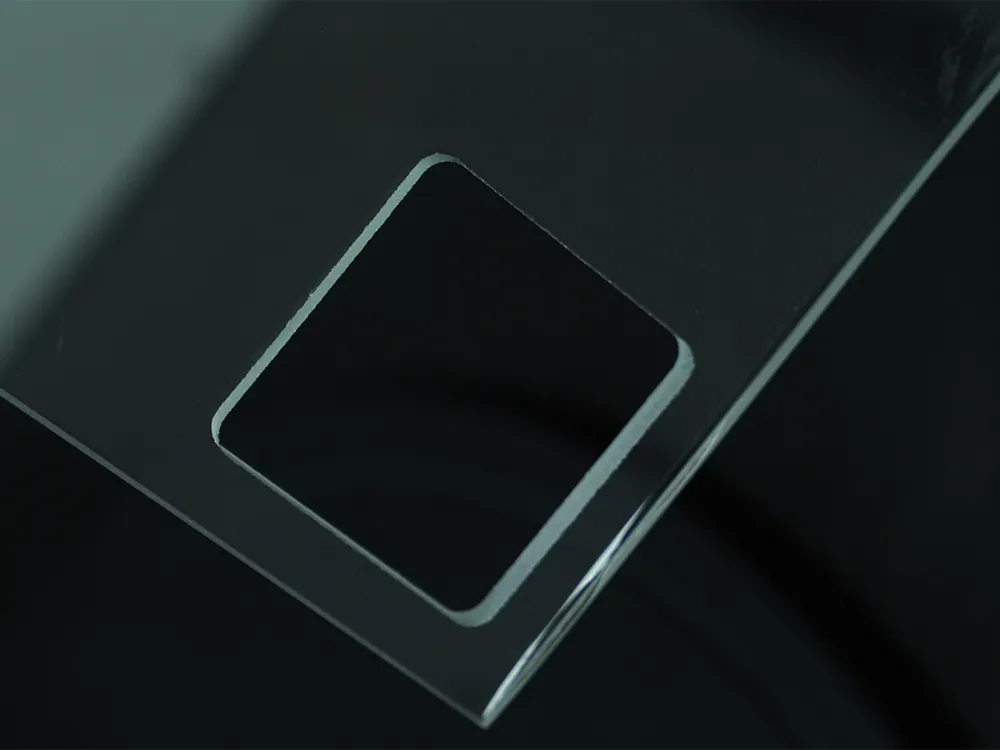
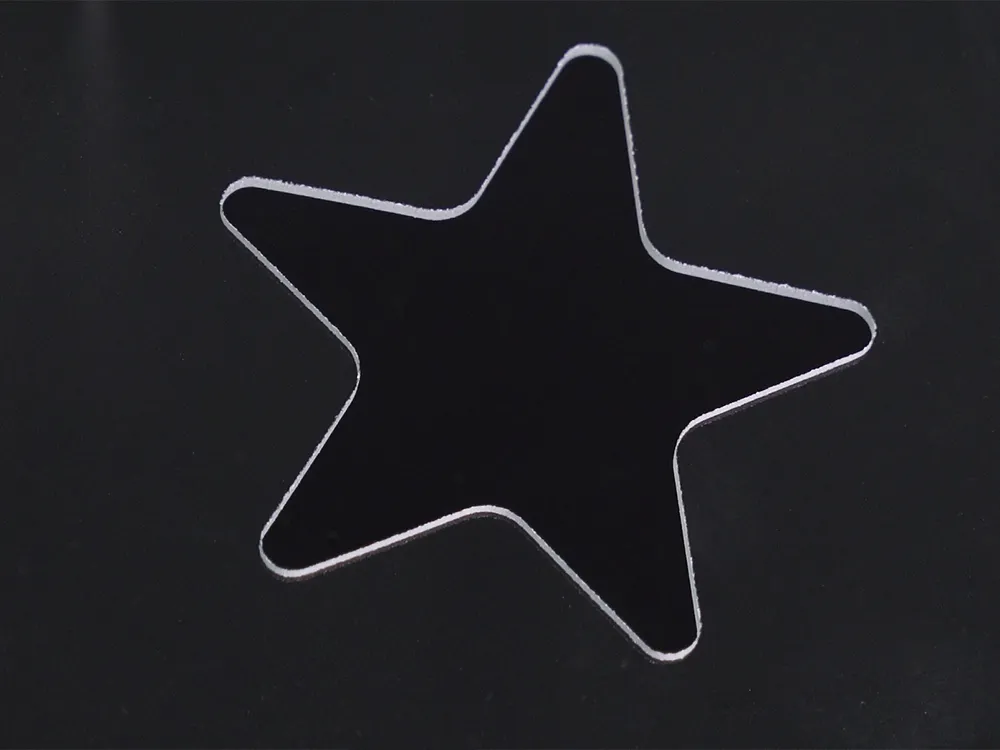
Soda-lime Glass Drilling Application

Borosilicate Glass Drilling Application
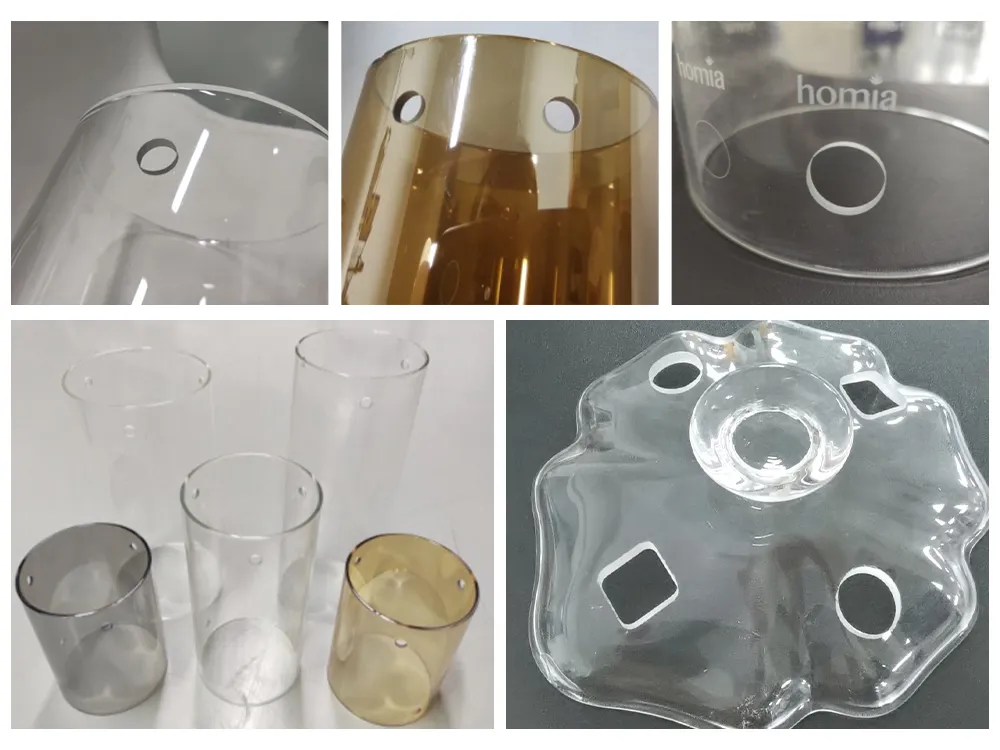
Solar Photovoltaic Glass Drilling Applications
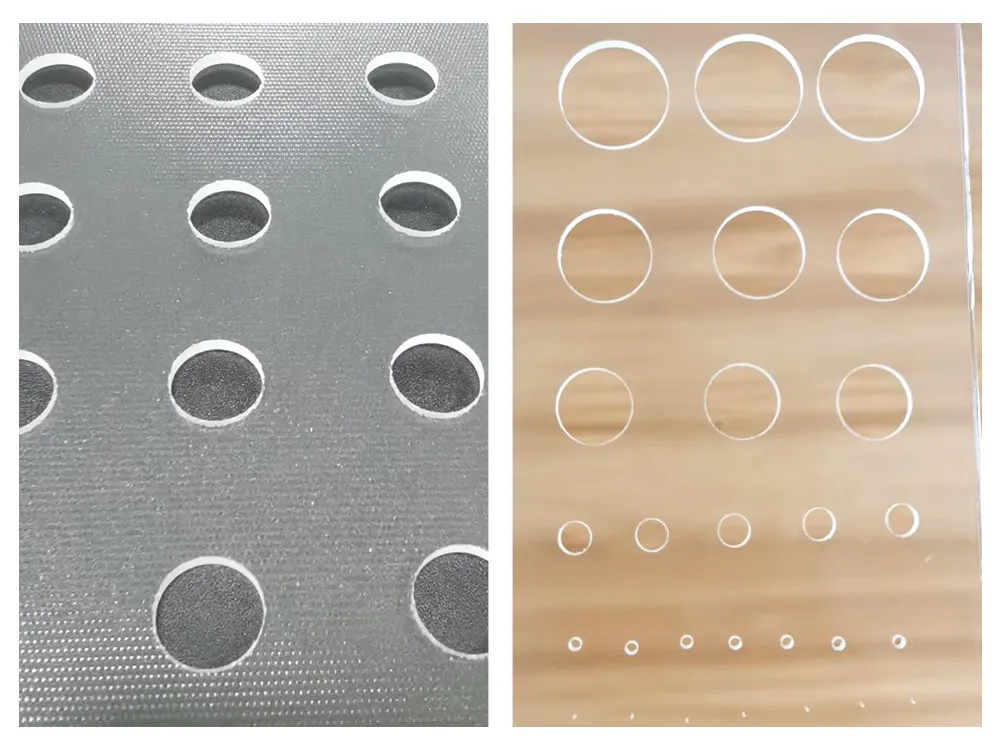
Customer Visits


Customer Reviews
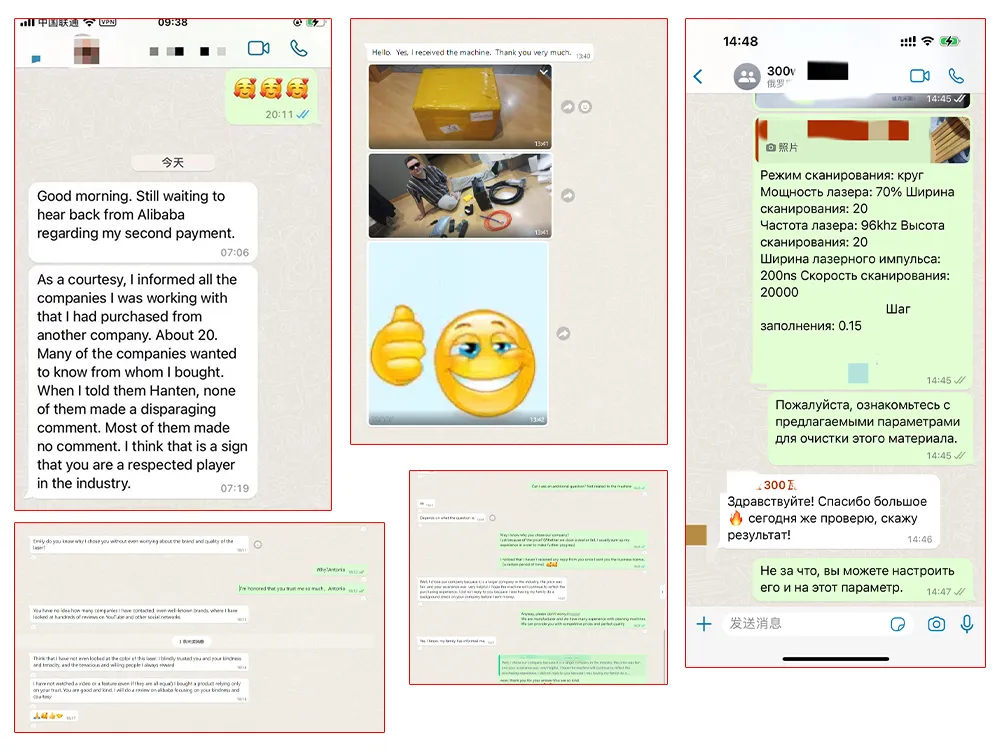
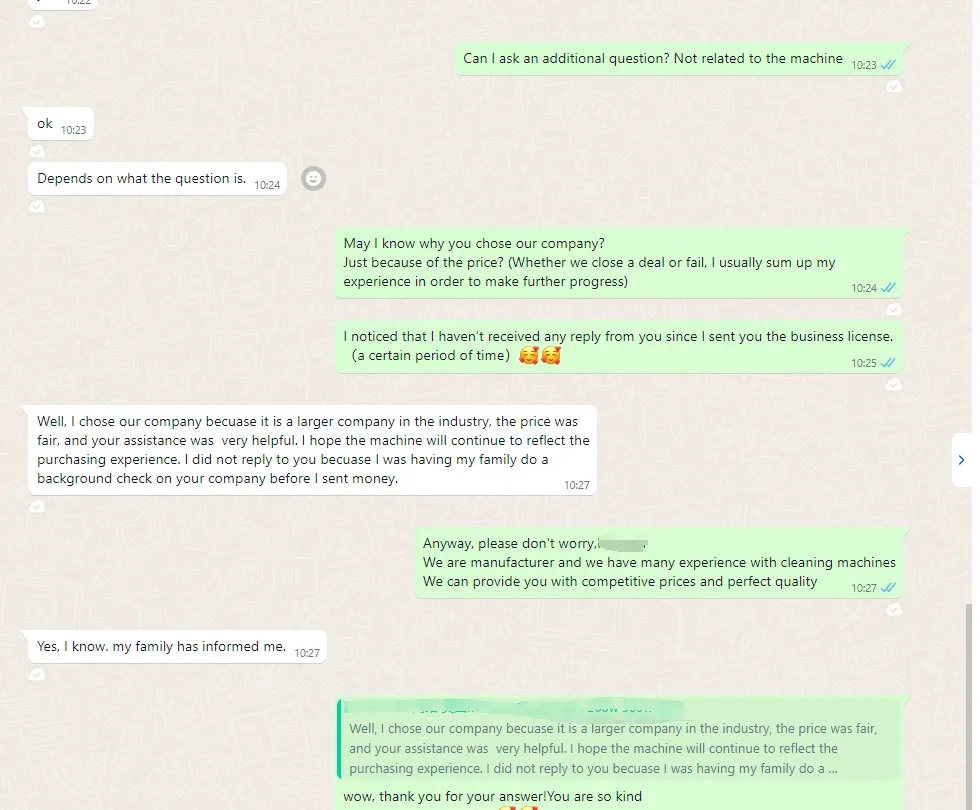
Certificates

HANTENCNC Partnerships
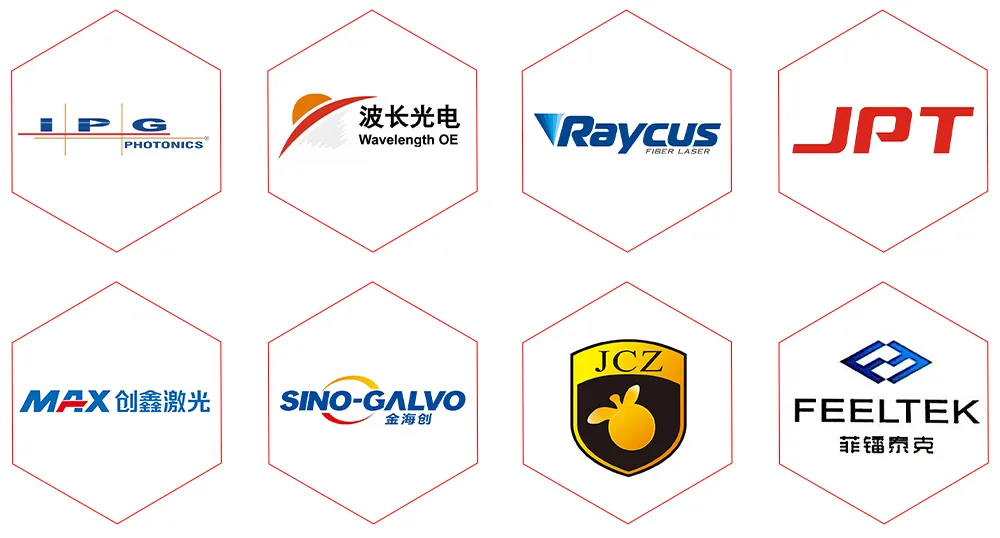
HANTENCNC Service
HANTENCNC’s laser glass drilling machines are CE and FDA-certified. We offer a 2-year warranty for the laser source and a 1-year warranty for the whole machine, sample testing, OEM customization, remote guidance, and lifelong after-sales support.


